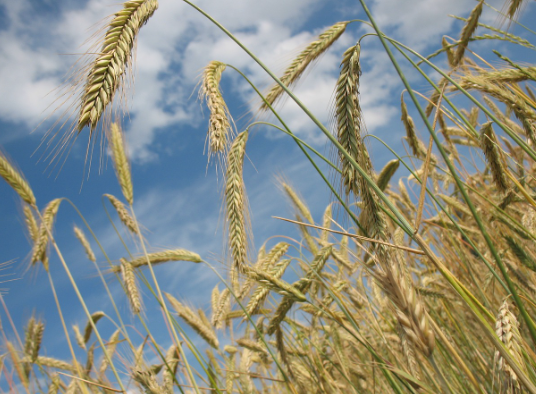#WheatPrices #USMarkets #Agriculture #CommoditiesTrading #FinancialMarkets #EconomicTrends #WheatFutures #Investing
In recent developments across the U.S. financial markets, there’s been a noticeable shift in wheat prices, which have seen an increase of 3 to 8 cents as trading activities commenced this morning. This update follows closely behind the closure of the Friday wheat market, which witnessed a downturn, concluding the trading session with wheat prices hovering between 1 to 8 ¾ cents in the red. Differentiating itself as the most resilient amidst its peers on the trading floor, Chicago’s wheat market demonstrated a semblance of firmness, as it experienced a lesser decline, edging down by merely 1 to 3 ¾ cents.
The fluctuation in wheat prices is a reflection of the ongoing volatility observed within the commodities market, particularly in the agricultural sector. This uptick at the start of today’s trading session marks a critical point of interest for traders and analysts who keep a vigilant eye on patterns that may suggest potential shifts in the economic landscape influencing these commodities. The market’s behavior, showcased through the decline and subsequent rise in wheat prices, sheds light on the multifaceted factors at play. These factors could range from geopolitical tensions, changes in weather patterns affecting crop yields, to variations in global demand and supply chains, all of which are pivotal in determining the price momentum of wheat on both a short and long-term basis.
Considering the strategic importance of wheat as a staple commodity, its price movements hold significant implications not just for traders and investors within the financial markets but also for farmers, exporters, and policy-makers. The recent price adjustments underscore the need for stakeholders to remain adaptable and informed about the evolving market dynamics. For investors and traders, these fluctuations highlight opportunities for commodities trading, hedging against price volatility, and strategizing on future investments based on forecasted economic trends. Meanwhile, farmers and agriculturalists might interpret these price signals as indicators for planning their cultivation and harvest cycles, potentially adjusting their strategies to optimize for market conditions and demand forecasts. In essence, the continuous monitoring and analysis of wheat prices serve as a critical tool for various sectors, contributing to informed decision-making processes and ensuring economic resilience against the backdrop of ever-changing market landscapes.







Comments are closed.